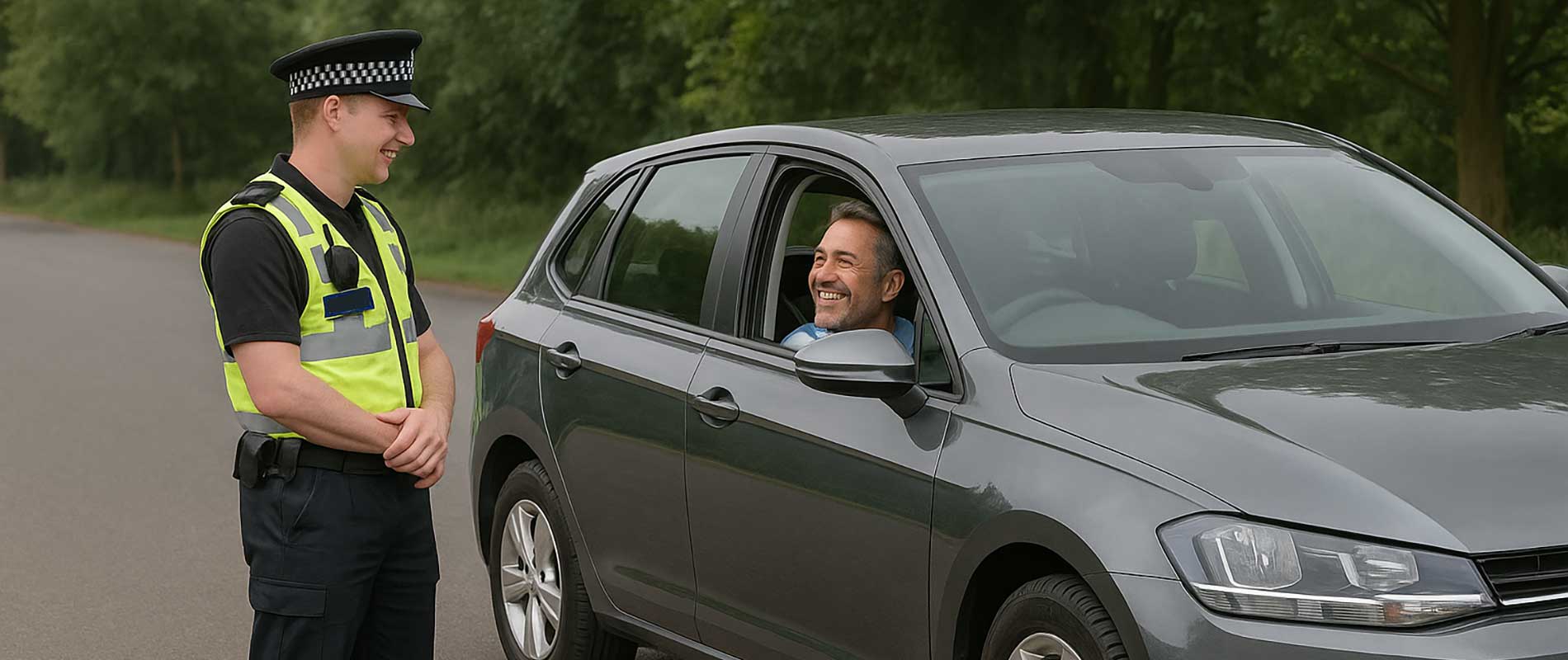Two very different arrangements, one simple rule
When someone offers you the keys, the situation usually falls into one of two categories. Either you are named on the owner’s policy, or you are driving under a more casual arrangement sometimes called “driving other cars.” Which applies is important, because it changes who is covered and what happens if something goes wrong.
Never assume. The straightforward rule is this: permission from the owner matters, but permission alone does not guarantee insurance cover. Before you start the engine, check the policy details. That small step prevents a lot of trouble later.
Named driver or occasional use, what’s the difference
Being a named driver means the insurer has specifically agreed that you can drive the vehicle. The owner will have told the insurer your name, and the policy documents should show you on the schedule. It is the cleanest, safest option, because the insurer has accepted your driving history and any loadings that might apply.
By contrast, some policies include a limited “driving other cars” extension. That used to be common, but fewer insurers offer it now. Where it exists, it usually allows occasional, emergency use of a third party vehicle, with strict conditions. It rarely covers business use and often excludes drivers with certain endorsements or convictions. So if you rely on a “driving other cars” clause, read the small print carefully.
Who pays after an accident, and when cover can be refused
If you are driving with valid cover, the owner’s insurer will generally deal with a third party claim first. That means the owner’s policy responds, and the insurer will then consider whether to recover costs from you or your own insurer if necessary. But if you were not insured under the policy, the insurer can refuse the claim and the consequences may be severe, including prosecution for driving uninsured.
Non-disclosure is a common trigger for refusal. If you failed to tell the owner or the insurer about relevant facts, such as recent convictions, the policy can be voided. That can leave both driver and owner exposed to fines and uninsured loss recovery. Again, honesty up front protects everyone.
Practical checklist before you borrow a car
Do these quick checks before you accept a lift or borrow a vehicle. They take less than five minutes and they make a real difference.
- Ask the owner if you are a named driver, and request to see the policy wording if you can.
- Confirm the insurer accepts you, especially if you have points, a recent conviction, or a recent learner history.
- Check the policy covers the intended use, for example commuting or business journeys.
- Make sure the vehicle has a valid MOT, tax, and, where required, an up-to-date service history.
- Keep a copy of the owner’s insurance certificate or a written confirmation from the insurer, just in case you need it later.
If any of those boxes are unclear, pause. It is better to delay the trip than to face cancellation or legal trouble afterwards.
When it might be wiser to get your own short-term cover
Sometimes adding your name to someone else’s policy is straightforward and cheap. Other times it pushes the owner’s premium up dramatically, or their insurer will not allow it. In those cases, a short-term or temporary policy in your name can be the better option. These policies are designed for occasional drivers and can cover a single day, a weekend, or longer periods.
Temporary cover also protects the owner’s no-claims bonus, because it avoids adding another driver to their policy. If you drive regularly, however, taking out your own policy is usually the right call. It costs more up front, but it keeps responsibilities and liabilities cleanly separated.
A way forward that keeps everyone safe
Yes, you can often use a family member’s car, but only when the insurance picture is clear. Permission from the owner is necessary, but not sufficient. Get confirmation from the insurer, carry proof, and think about short-term cover if that makes things simpler. In practice, a little clarity before you drive avoids a lot of stress later. Keep it honest, keep it legal, and you will keep driving without drama.

